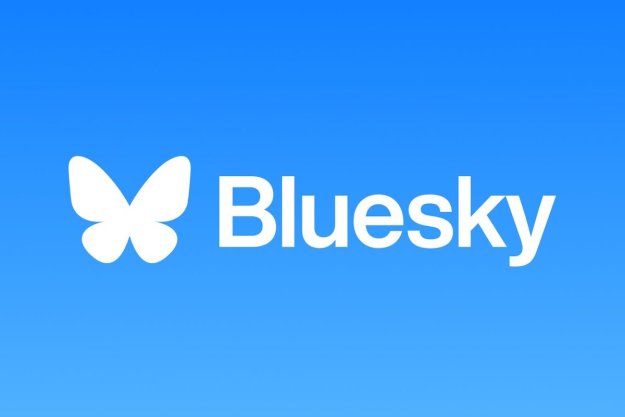Twitter will soon remove blue verification badges from any accounts that haven’t yet signed up to its premium service, Twitter Blue.
“On April 1st, we will begin winding down our legacy verified program and removing legacy verified checkmarks,” the social media company tweeted on Thursday.
Twitter overhauled its verification system following Elon Musk’s takeover of the company in October 2022 in a deal worth $44 billion.
After a brief period of confusion as to how the platform would deal with checkmarks, it settled on handing one to anyone who subscribes to Twitter Blue, so long as certain eligibility requirements are met.
In the pre-Musk days, Twitter would hand blue verification badges to those who it considered as a prominent figure or organization, such as celebrities, politicians, major brands, and news outlets — and it didn’t cost a dime. The check, which continues to appear beside an account holder’s name, meant followers could have confidence in the authenticity of the account and be certain that it wasn’t an imposter.
Following Musk’s takeover, the company has been looking more intently at ways to make the company profitable. With this in mind, it decided to make people pay for the badge by linking it to a Twitter Blue subscription. It means that the badge is now less of an authentication mark and instead merely an indication that an account has signed up to Twitter’s premium service and meets certain requirements.
Accounts that obtained a blue check before Musk came along have, up to now, been allowed to keep it regardless of whether they signed up for Blue. But as Twitter’s announcement on Thursday makes clear, that’s about to change. It means that a number of account holders — from celebrities and politicians to sports stars and journalists — will lose their blue mark on April 1 or soon after unless they subscribe to Twitter Blue.
Twitter’s premium tier is available for purchase via the web for $8 per month (or $84 per year), or in-app via iOS and Android for $11 per month (or $115 per year).
Soon after taking over Twitter, Musk said that he intended to eliminate legacy badges, claiming that many were not genuine. “Far too many corrupt legacy Blue ‘verification’ checkmarks exist, so no choice but to remove legacy Blue in coming months,” he tweeted.
It’s going to be interesting to see the impact of Twitter’s move to finally get rid of the legacy checkmarks. After all, if anyone with a legacy badge declines to sign up to Blue and therefore loses their verification mark, it could give any imposter accounts more clout as the once-verified user will no longer display any kind of badge. But for many in the Twitter community, the entire verification system became largely meaningless when it was linked to Twitter Blue at the end of last year.
Editors' Recommendations
- Twitter gives blue check mark to dead folks
- Many Twitter accounts could soon lose blue checkmarks
- Twitter begins rollout of new gray check marks only to abruptly remove them
- Twitter bringing back verification, this time with clearer guidelines


